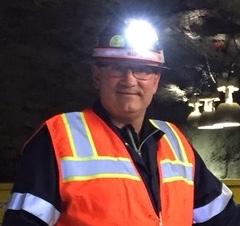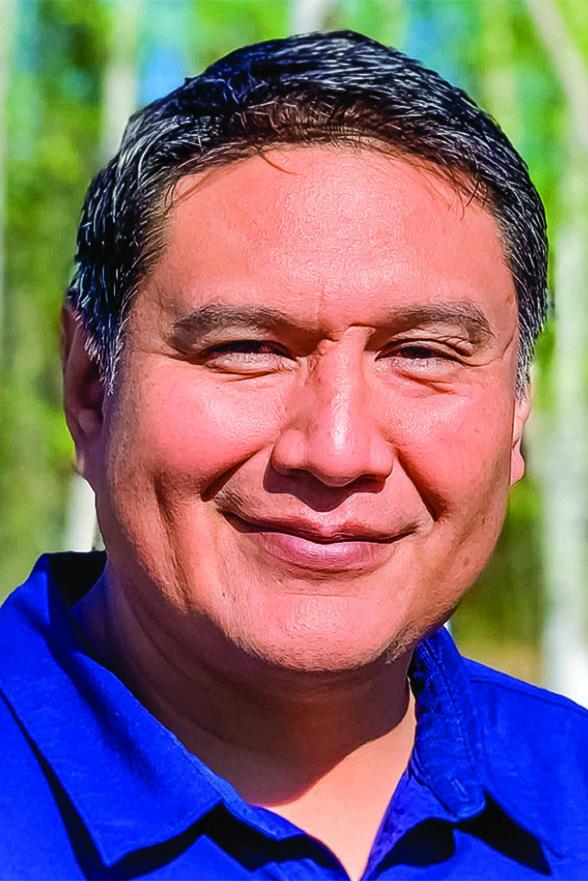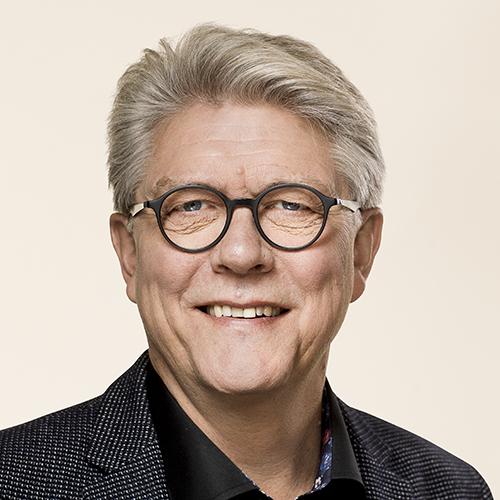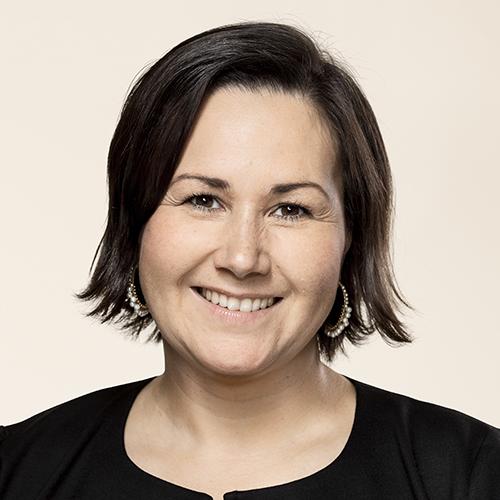Two United States–Greenland Collaborations Get US State Department Funding
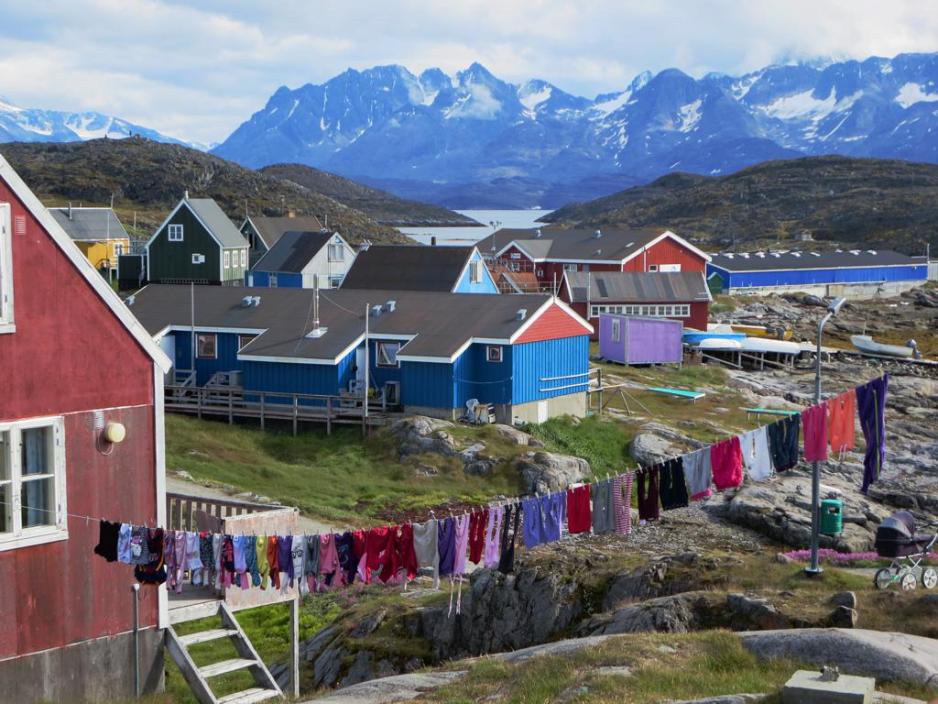
The United States State Department is investing $3 million in two US-Greenland partner projects, which is part of a larger investment scheme for the autonomous Danish territory. (Photo: David Stanley, Flickr)
The University of Alaska Fairbanks has been chosen to lead two projects sponsored by the United States State Department to build capacity in Greenland’s education and mining sectors.
The State Department has allocated $3 million for the projects, which both launched in fall/winter 2020. One of the projects will be run by the Mining and Petroleum Training Service (MAPTS) program at The University of Alaska Fairbanks (UAF) together with the University of Utah.
The three-year-long project, titled “Leveraging Decades of Arctic and Mine Training Experience to Assist Greenland,” will involve training staff and students from KTI Råstofskolen, Sisimiut, Greenland, at the MAPTS mine training facility near Delta Junction, Alaska, and helping them build a training facility in Greenland.
The State Department has allocated $1.2 million to UAF and the University of Utah to manage the project, whose joint application was selected from a nation-wide pool of applicants.
Mining project
“We’re the only ones in the world that do what we do,” says William Bieber, the executive director of the program, referring to the program’s successful on-site training and work with Indigenous workers from Alaska.
Bieber said that graduates from the program have a 95 percent placement rate and an 87 percent retention rate with employers, which is considered very high.
Bieber said the program’s experience working with Alaska Native workers will be valuable because they will be training a diverse workforce in Greenland too, including Indigenous workers.
Bieber brings over two decades of mining training experience, having trained workers in a variety of countries, including South Africa, Papua New Guinea and the Dominican Republic. He has been working in mining in Alaska since 1996.
“I am taking all those lessons I have learned over 18 years [in Alaska] and applying it to training,” he says.
“We need to train the trainers how to train, but first we need to train them how to be miners,” he says of the Greenland initiative.
Aside from teaching mining skills and safety, Bieber says the team will also work on teaching students soft skills for employability, including work-life balance, and how to work in diverse and multicultural environments.
“If you do not understand who you are working with and their cultural values it could create problems, you need to learn what makes people tick,” Bieber says.
You need to learn what makes people tick.
Education initiative
The second project, titled the “Arctic Education Alliance,” is a two-year collaboration between UAF, Pennsylvania State University, the University of South Maine, the Greenland Institute of Natural Resources, and the Greenland Climate Research Centre.
The State Department has allocated $1.8 million for the initiative.
“The goal of the Arctic Education Alliance is to harness professional expertise in the United States to assist in building the capacity of the University of Greenland’s academic programs and vocational studies at other institutions - related to land and fisheries management, hospitality, and sustainable tourism, with the goal of laying the groundwork for an Associate’s degree or vocational certificate program in these fields,” says the State Department’s Notice of Funding Opportunity for the project, which was issued over the summer.
Listen, learn and build
The project is run by a team of 14 people, which is made up of US, Greenlandic, Danish, and Faroese participants, many of whom are Indigenous and have experience working with local communities and on issues related to colonial legacies.
Byron Bluehorse, one of the project leaders, and also the head of the Tribal Governance program at UAF, stressed the need for “true collaboration” between the US and Greenlandic partners.
As it was started in December, the project is still in early stages, and the team is currently working on a needs assessment to “observe how education works in Greenland” and to “see where we can be of assistance,” Bluehorse says.
“We want to listen, and learn, and build from the existing assets rather than simply import a model from the US,” he says.
“The intent is not to bring a US-style curriculum.”
Learning Greenlandic
To facilitate a better understanding of Greenlandic education and history, the team is working on putting together an advisory council to provide strategic advice for the project, which will be “guiding the project to be relevant for and support Greenlandic students and society,” the program website says.
Bluehorse also says that three of the US-based team members are currently learning Greenlandic in an effort to be respectful and to better understand the history and culture of Greenland.
Bluehorse’s approach is informed by his work as the head of the Tribal Governance program, and his experience as a member of the Navajo Nation. He says that understanding the history of a place and speaking to Elders is critical in these environments.
The team is working to develop a program with consultation from locals, which will be achieved by listening to the recommendations of the advisory council, and talking to students, faculty and community members.
“The last thing we want to do is implement something that does not work,” Bluehorse says, referencing the importance of consulting locals instead of importing an academic model from the US which may not be suitable for Greenland’s needs.
Once the COVID-19 pandemic is over, the team also hopes to do a student exchange between the US and Greenland.
The intent is not to bring a US-style curriculum.
US planning larger investments in Greenland
The $3 million projects are part of a larger US investment plan for Greenland, and renewed American attention towards the autonomous Danish-dependent territory.
In late 2019, the State Department announced that it had been granted approval by Denmark to reopen a consulate in Nuuk, Greenland, a move that Greenland’s government said it welcomed in a 2019 statement. The United States had a consulate in the territory before, which operated there between 1940 and 1953.
By April 2020, the State Department also announced a plan to invest $12.1 million in Greenland to improve the states’ diplomatic ties and increase US presence in the Arctic.
Greenland’s government said the money would go towards civic projects such as mining, tourism and education, with consultation and “advisory assistance from US experts.”
Not buying Greenland
In an April 23 2020 briefing, an unnamed senior department official stressed that the investments were not a bid to buy Greenland, a proposition that was famously made by US President Donald Trump in August 2019.
“I don’t think anyone should presume that the provision of assistance in any of these areas is designed to pave the way to purchase Greenland,” said the official, whose name is redacted from the document.
“We provide this type of assistance around the world every day in many, many countries. And our intentions here are to deepen the partnership that exists already between the Kingdom of Denmark, Greenland, and the United States.”
They have clearly crossed the line.
“Our goal is to be the partner of choice for Arctic states, including in Greenland. We want to increase our engagements across the region for just that reason. It is good old-fashioned diplomatic tradecraft, if I can put it that way,” he is quoted as saying in the briefing notes.
“And as part of that effort, we have developed, again, in consultation with the Kingdom of Denmark and the Government of Greenland, a $12.1 million funding package to sort of jumpstart this new beginning – this rebirth, if you will – of our engagement in Greenland, and it includes some assistance in a few different areas.”
As detailed in the briefing, the official was transparent about US interests in the Arctic and concerning Greenland, and he specifically stressed that the US was working to make investments in the Arctic to rival development in the region by Russia and China.
“Yes, we have interests,” the official said.
“The region is one that’s characterized by respect for national sovereignty, a rules-based order, constructive engagement to address our shared economic, scientific, and environmental challenges. And yes, we believe the United States, in partnership with the Kingdom of Denmark and other Western Arctic states, are best positioned to be able to advance those goals and to keep the region one that is free from conflict, as it has been for years.”
Out of the hands of non-Western states
An earlier statement, issued on April 20 2020 from the US embassy in Denmark, stressed that the investments in Greenland and the Arctic at large were an effort to “wake up to the Arctic’s importance” and to keep the region out of the hands of non-Western states.
“The United States and the Trump Administration are setting out to wake the West up from our collective complacency before other less trustworthy governments shape the values of the region after their own repressive image. I encourage our Allies to join the United States in pursuit of our goal to keep the Arctic stable and peaceful, so that we all have a better future, where the democratic values and freedoms that we cherish are respected and upheld,” the statement said.
Despite the relatively diplomatic and positive tone of the remarks, the April 2020 announcement of US investments towards Greenland were sharply criticized by Danish officials.
“They have clearly crossed the line,” Karsten Hønge, a member of the foreign affairs committee in the Danish parliament, told Reuters.
“It is completely unheard of that a close ally tries to create division between Greenland and Denmark this way.”
Søren Espersen, another Danish parliament member, told Reuters that the US investment offer was “an insult” to Greenland and Denmark.
Wary of strings
In November 2020, the US Export-Import Bank also stated that it was prepared to invest over $200 million in Greenland’s largest planned mining project under the assumption that the investment would benefit US interests.
Greenlandic officials said they welcomed the planned investments, but were wary that they would come with strings attached.
“The Americans are welcome if they want to invest in Greenland,” Aaja Chemnitz Larsen, a member of Greenland’s Inuit Ataqatigiit party, told the Guardian.
“But it is important to make sure that Greenland does not owe anything back to the United States. We are sceptical about what they really want besides influence.”


